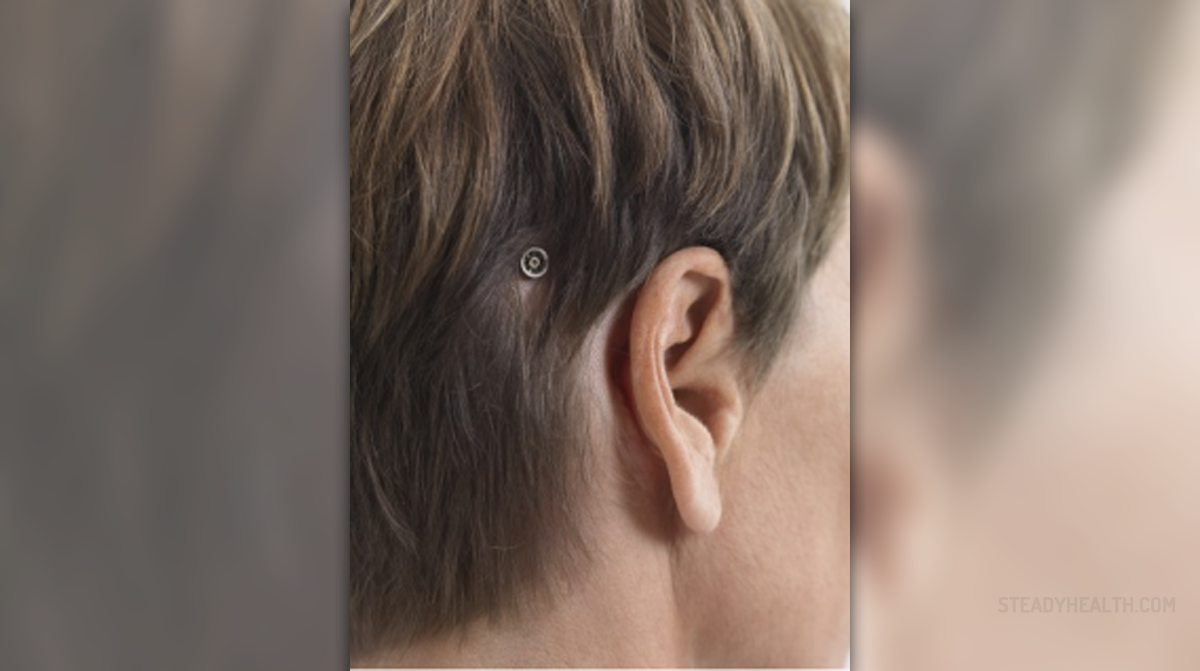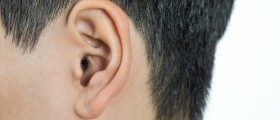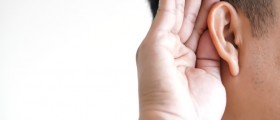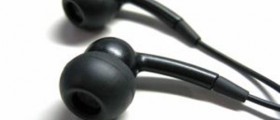
Function
Bone-anchored and cochlear implants are now widely available for purchase. They are small and are made up of a headset and electromechanical transducer. Bone conduction hearing aids gather sound and amplify it into the inner ear, through the cranial bones. It is possible with these aids to amplify quite low frequencies and also to modulate sound. These bone-anchored aids can provide hearing that is as effective as normal, fully functional natural hearing.
These bone-anchored devices change electric signals to vibrations that are directed into the inner ear and are generally considered to be more effective than traditional hearing aids. Bone-anchored aids are safer, more durable and can guarantee good quality sound even in places with a high volume of noise or background noise. This type of hearing aid can be used even by those who do not have a hearing impairment, such as those who are exposed to environments where hearing is not normally possible. For example, marine divers or avid swimmers.
Installation
The cranial bones have the capability to conduct sound. The sound gathered and transmitted to the cranial bones goes straight to the inner-ear area, thus bypassing the external auditory canal. To do this, a titanium post is embedded in the skull; this contains a sound processor that can stimulate the inner-ear nerve fibers through the use of sound vibrations. Bone-conduction aids will take five months to activate after they are installed. This is because the titanium post must merge with the cranial tissue through a process known as osseointegration.
Some bone-conduction aids come with a feature known as snap-lock coupling. This feature allows the device to be more versatile in terms of usage. Sound processors in the aids are rechargeable and usually last about a fortnight before recharging is necessary.
The aids we have looked at here are designed for those who suffer from an inflammation or deformity of the ear canal and other ear-related issues. In addition to this, they can help in the treatment of single-sided deafness and certain types of hearing loss that occur as a result of conditions such as Down Syndrome or Otosclerosis.
- www.nhs.uk/conditions/hearing-loss/treatment/
- medlineplus.gov/hearingaids.html
- Photo courtesy of Oticon Medical by Wikimedia Commons: commons.wikimedia.org/wiki/File:Oticon_Medical_bone_anchored_hearing_aid_abutment.PNG

















Your thoughts on this
Loading...